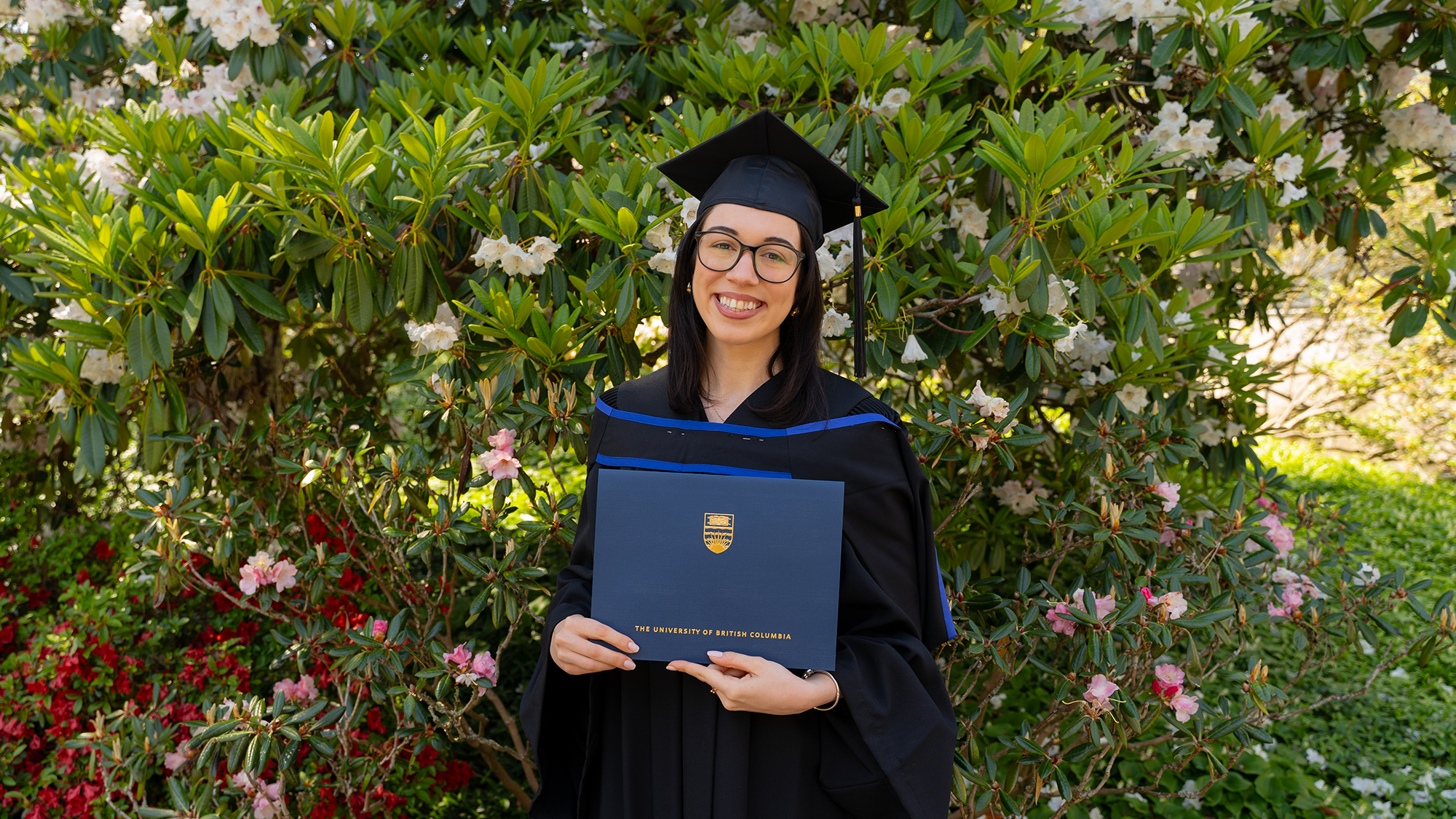As we embark on the final month of summer, we asked four scholars in the Faculty of Arts to share the formative books that shaped their lives and their scholarship. From magical realism, to philosophies of the human predicament, Arts faculty have drawn inspiration from a wide swath of sources.
Tara Mayer, Undergraduate Chair, History
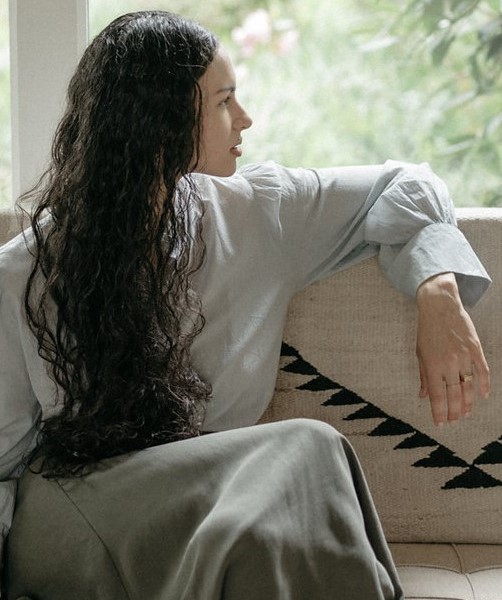

Tara Mayer teaches South Asian history in the Department of History. She studies relationships between material culture – especially clothing – and the construction of European identities in colonial India. Photo credit: Gillian Stevens.
I completed the entirety of my university education in London but was living in Paris and so spent many long hours on the Eurostar. This cumbersome commute afforded regular possibilities to indulge in the close observation of fellow travellers, their mannerisms, expressions, eating habits, reading preferences, and dress. As a young student of History, I was drawn to the possibility of observing lives in the past in similarly intimate terms, however I felt a gnawing frustration at what seemed to be an overwhelming emphasis on abstract ideas and big events in the works I was regularly assigned. My frustration subsided and a new passion was awakened upon reading Le Miasme et la Jonquille [The Foul and the Fragrant, 1982] by Alain Corbin in the final year of my undergraduate studies.
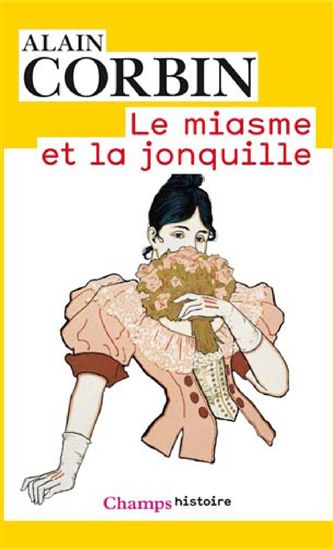

In short, this was a spectacular introduction to the realm of Microhistory and an awakening to the possibilities that I would pursue later on, in my own research on the intersections of fashion and colonialism. In hindsight, I think this book also validated what I assumed at the time was a frivolous desire to know not merely what happened or what people were thinking in a particular historical moment, but also what they were seeing, touching, wearing, tasting, and, yes, smelling.
Dory Nason, Senior Instructor, First Nations and Indigenous Studies, and English


Dory Nason holds a joint position as Senior Instructor in the Department of First Nations and Indigenous Studies and the Department of English. She teaches Indigenous Literature and Criticism; Indigenous Theory and Research Methods; and Indigenous Feminisms.
It will come as no surprise to anyone who has taken my Indigenous Feminisms or Literature course, that the book I chose is Linda Hogan’s 1995 novel, Solar Storms. The influence this book and its author has had on my research and academic career is undeniable. I was first introduced to this novel in 1998 during my master’s program at Kansas State University. Hogan also visited that year and gave a reading of this novel. As the only Indigenous woman in the English graduate program, I was thrilled when it came across my course of study and meeting the author proved to be a start to a friendship I cherish to this day.
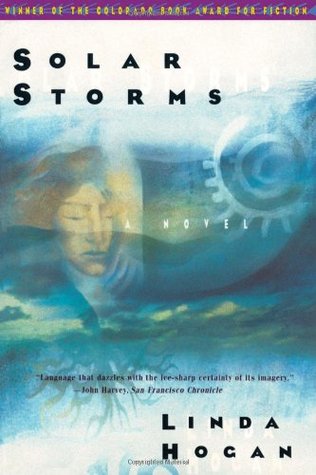

Although written over twenty years ago, the issues and questions that the novel explores are still very relevant to Indigenous communities today. Little did I expect on first glance almost as many years ago, I would end up in a Canadian university where this story’s setting would take on new meaning and importance. Aside from these important details, it is a beautifully lyric novel that I often turn to in moments of stress or crisis. I know I can open it up to any page and read a tender and beautiful exploration of healing, transformation and love.
Emily Pohl-Weary, Assistant Professor, Creative Writing


Emily Pohl-Weary is an award-winning author, editor, and creative writing professor. She has published seven books, a series of girl pirate comics, and her own literary magazine. She teaches courses on writing for children and young adults in the UBC Creative Writing Program.
My heart lies with strong women characters and magical realism, so it’s no surprise that when I started writing novels for teens, they featured sassy, larger-than-life girl characters. One’s a rock star werewolf, another sees ghosts and makes movies, and a third is a doggedly determined girl detective who publishes her own zine.
Growing up, books were how I tried on personas and attitudes. The fact that I now write for young readers is interesting—it’s as if I’m perpetually creating guiding lights for young women like me. I grew up a particularly sensitive child living in a fairly bleak, working-class downtown Toronto neighbourhood and was bussed out of the area to schools in more affluent areas. To fit in, I had to become a social chameleon.
Choosing just one book that shaped me would be impossible. I was the child who spent her entire allowance on used comics and candy, who begged to be taken to the bookstore in any new city or town we passed through. I read my way through everything age-appropriate at the local library, then moved on to whatever sparked my imagination. In other words, I jumped from Judy Blume and Nancy Drew to Wuthering Heights and Earl Lovelace’s The Dragon Can’t Dance.
Three books spring to mind when I consider what influenced me to become a writer. Two of them are magical realism. Gloria Naylor’s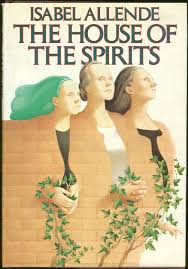

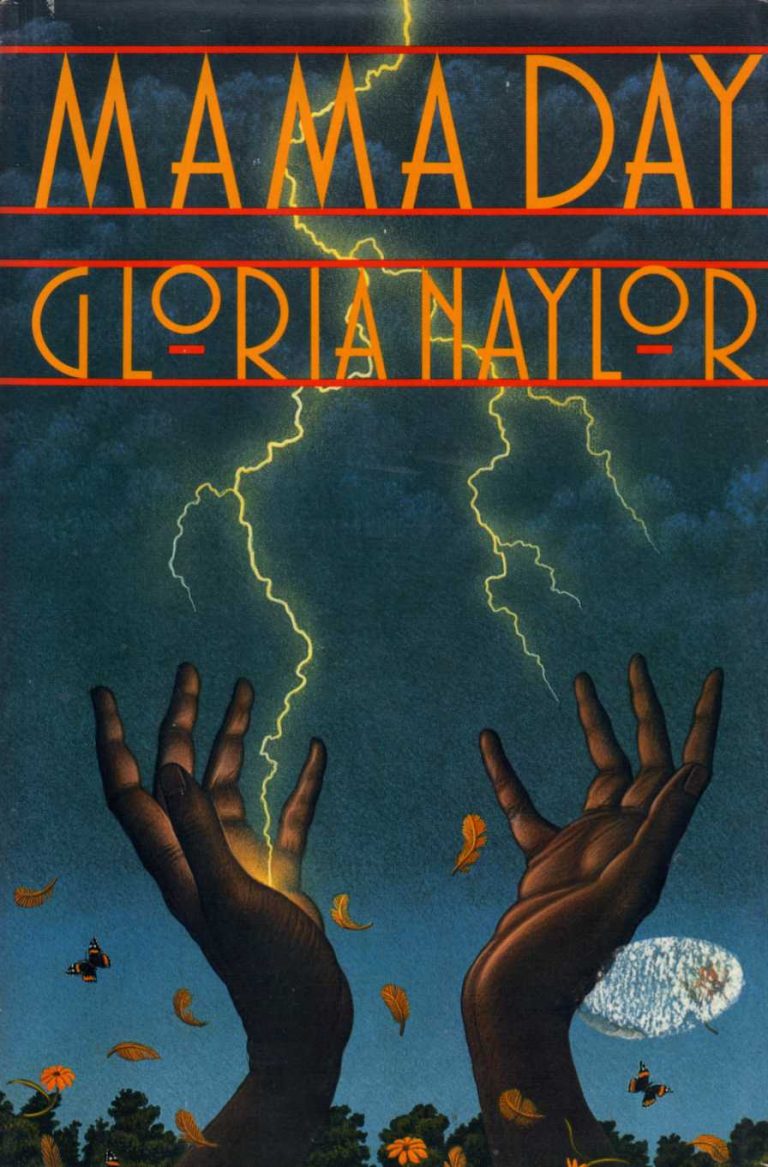

Paul Russell, Professor, Philosophy
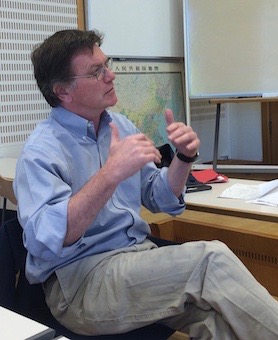

Paul Russell is a Professor in the Department of Philosophy who has been teaching at UBC since 1987. His interests cover the areas of free will, moral responsibility, and the philosophy of David Hume.
When I was an undergraduate at Edinburgh University I remember picking up a cheap paperback copy of David Hume’s Treatise of Human Nature (1739-40) – a work that is widely regarded as the greatest single work of English-speaking philosophy. For any student who was studying philosophy at Edinburgh, Hume was an inescapable presence. We studied in the David 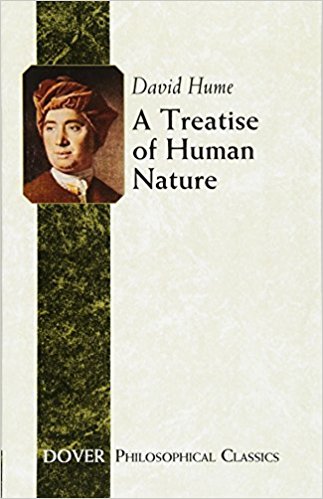

What I came to appreciate, in particular, was the way in which Hume’s complex and intricate arguments and ideas were systematically connected and deeply rooted in his critical stance towards religion and theology. In the final analysis, what Hume presents in the Treatise is a comprehensive, secular view of human life and the human predicament. While the Treatise is not an easy work to read or interpret, it is written in a style that is both elegant and engaging – avoiding the opaque and obscure language that plagues so many other great works of philosophy.
